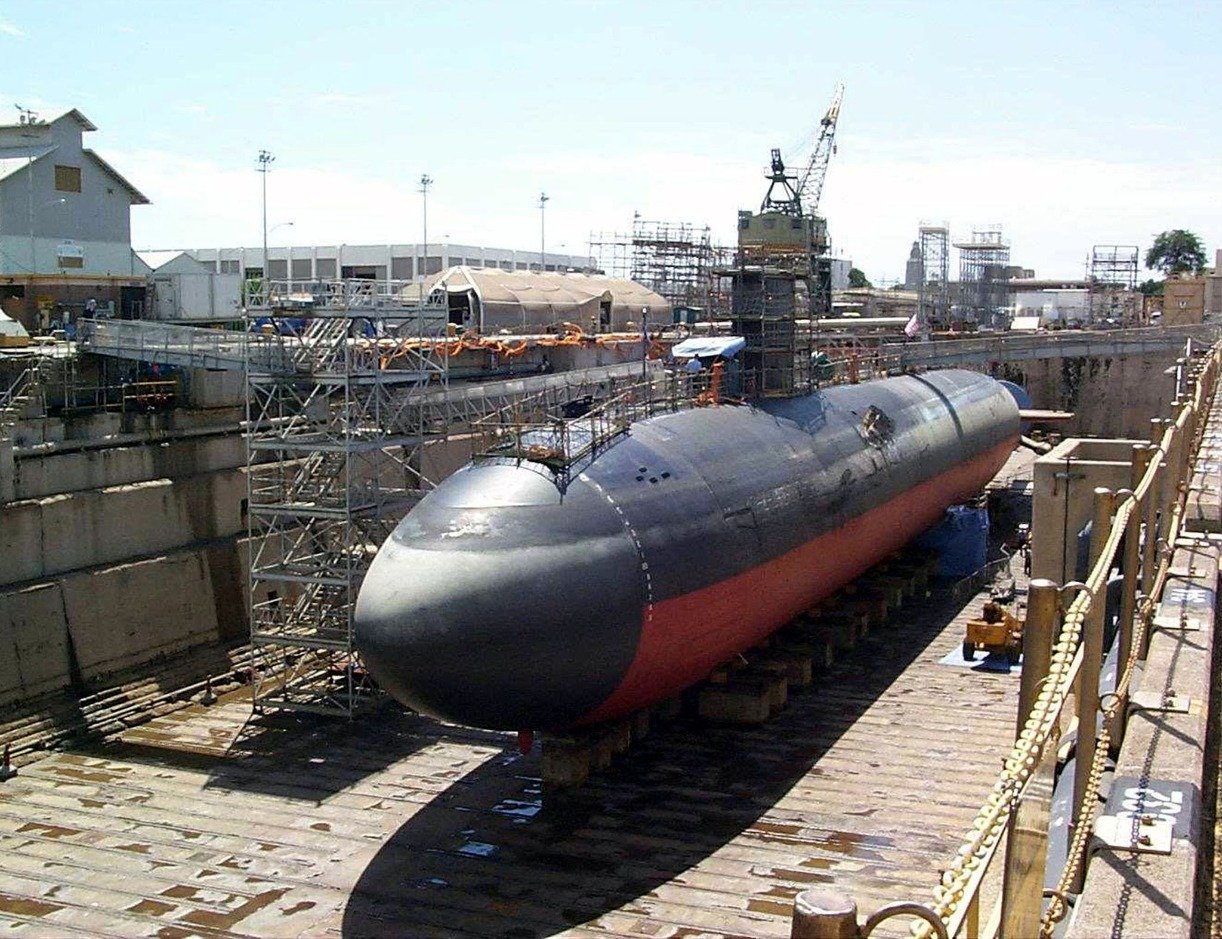How 1 Angry Worker Destroyed a Navy Los-Angeles Nuclear Submarine. In 2012, a civilian shipyard worker named Casey James Fury set fire to the USS Miami, a Los Angeles-class nuclear-powered submarine, in an attempt to leave work early.


The fire, which took 12 hours to extinguish, caused $700 million in damage and led to the submarine's decommissioning.
-Fury's act was driven by personal issues rather than sabotage, but the incident exposed significant vulnerabilities in naval operations, including inadequate mental health support, fire response protocols, and the potential threat of sabotage. The loss of the Miami highlighted strategic gaps in U.S. naval readiness.
AfriPrime App link: FREE to download...
https://www.amazon.com/Africircle-AfriPrime/dp/B0D2M3F2JT
Civilian Arsonist Costs U.S. Navy $700 Million Submarine: The Lessons from the Miami Fire
America’s Navy is in dire straits. It’s the smallest it has been in decades. There is a recruitment crisis. The United States is challenged by near-peer competitors on the High Seas in ways that it has not been since perhaps as long ago as the Second World War.
But all these factors are understood, if not addressed, by America’s leadership.
What cannot be anticipated is actions by unstable individuals in possession of access to sensitive Navy platforms.
On May 23, 2012, for instance, a twenty-four-year-old civilian shipyard worker named Casey James Fury, set fire to the USS Miami, a nuclear-powered Los Angeles-class attack submarine. Fury’s reason for setting fire to the nuclear-powered sub? He just wanted to get home from work early. The crime occurred at the Portsmouth Naval Shipyard in Kittery, Maine.
Inevitably, the United States Navy decided that it could not repair the submarine and opted instead to decommission the boat.
The arsonist admitted to struggling with some personal mental issues. There was no evidence that he was a saboteur working on behalf of a foreign threat actor. Casey James Fury set fire to the USS Miami by igniting a vacuum cleaner and rags in the forward compartment. This, in turn, led to a fire onboard the ship that was so powerful it took a whopping twelve hours to mitigate.
The arson caused upwards of $700 million in damage to the Miami.
Even a decade ago, the importance of submarines for the defense of the nation could not be understated. By removing the Miami from the fleet permanently, the Navy was ensuring that it could keep costs down.
Of course, in so doing, without having a viable replacement ready for the Miami, the Navy’s readiness would be negatively harmed and that would mean grave strategic gaps in our navy’s defensive perimeter.
The Arsonist of the Submarine
According to Casey James Fury, he was overwhelmed by personal issues and anxiety which, in turn, led to such a drastic action highlighted a lesser-understood area of naval safety. The Navy had to set up more comprehensive mental health support and stress management programs within naval operations.
This program would necessarily include civilian contractors as much as uniformed members of the Armed forces.
What’s more the disaster highlighted several factors that the Navy needed to address, in the event a fire erupted on a submarine during an actual time of war. The incident revealed multiple weaknesses in communication between shipboard fire teams.
It also highlighted the lack of proper communication between those shipboard emergency response teams and first responders from outside the submarine. This caused excessive delays in aid being rendered to the ship, ensuring that it could not be saved.
How does the Navy protect its expensive, and limited number of, weapons platforms from the ravages of an individual who wants to destroy those platforms, especially if those people are considered “high-trust” individuals? Further, what happens when the next submarine is sabotaged in port under orders from Beijing, Moscow, or any number of other rival powers to the U.S. in time of war?
The Miami’s story is not a one-off. The perpetrator who set the ship ablaze may have been a deeply disturbed individual, this time.
Next time, a U.S. submarine might be set ablaze in port by a member of a foreign sabotage team.
The Navy is not ready.
AfriPrime App link: FREE to download...
- Questions and Answers
- Opinion
- Story/Motivational/Inspiring
- Technology
- Art
- Causes
- Crafts
- Dance
- Drinks
- Film/Movie
- Fitness
- Food
- Games
- Gardening
- Health
- Home
- Literature
- Music
- Networking
- Other
- Party
- Religion
- Shopping
- Sports
- Theater
- Wellness
- News
- Culture
- War machines and policy

